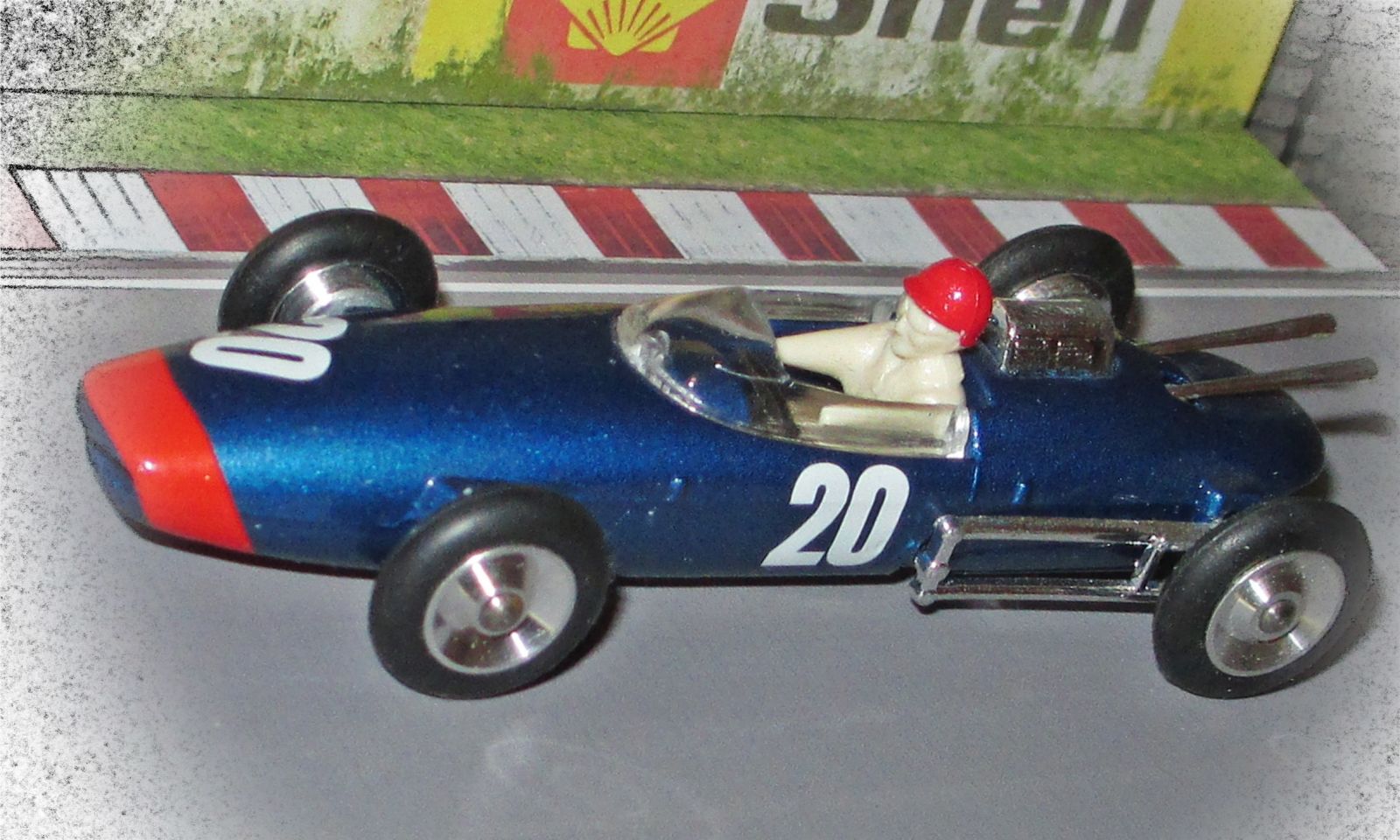
Those interested in F1 might have heard that Chris Amon passed away last month. Then again, not everyone here might have heard of him, as his racing days were several decades ago. And while Chris was not an Australian, he was the next best thing - a Kiwi.

He learned to drive at the age of six, taught by a farm worker on the family farm. On leaving school, he persuaded his father to buy him an Austin A40 Special, which he entered in some minor local races and hillclimbs along with practice on the family farm. He progressed to a 1.5-litre Cooper and then an old 2.5-litre Maserati 250F, but only began to draw attention when he drove the Cooper-Climax T51 which Bruce McLaren had used to win his maiden Grand Prix.

For the 1963 Formula One season (his first), the Parnell team were using the year old Lola Mk4A, powered by 1962 specification Climax V8 engines. This is the car you see here. Amon was teamed with the very experienced Maurice Trintignant for the first race of the season at Monaco and his Grand Prix career started with what was to become typical bad luck: Trintignant’s Climax developed a misfire, so he took over Amon’s car. Amon usually qualified in the midfield and generally outpaced his team-mates, however, Amon’s social life was attracting as much attention as his driving.
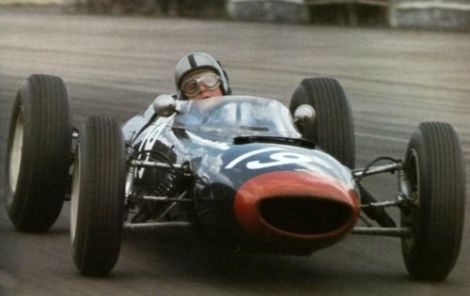
After a stint at McLaren, he joined Ferrari in 1967. Amon scored his first podium in his first official outing for the Scuderia in Monaco and at the end of 1967 had achieved four third places finishing fifth in the Drivers’ Championship, in what was going to be the most successful season of his career.
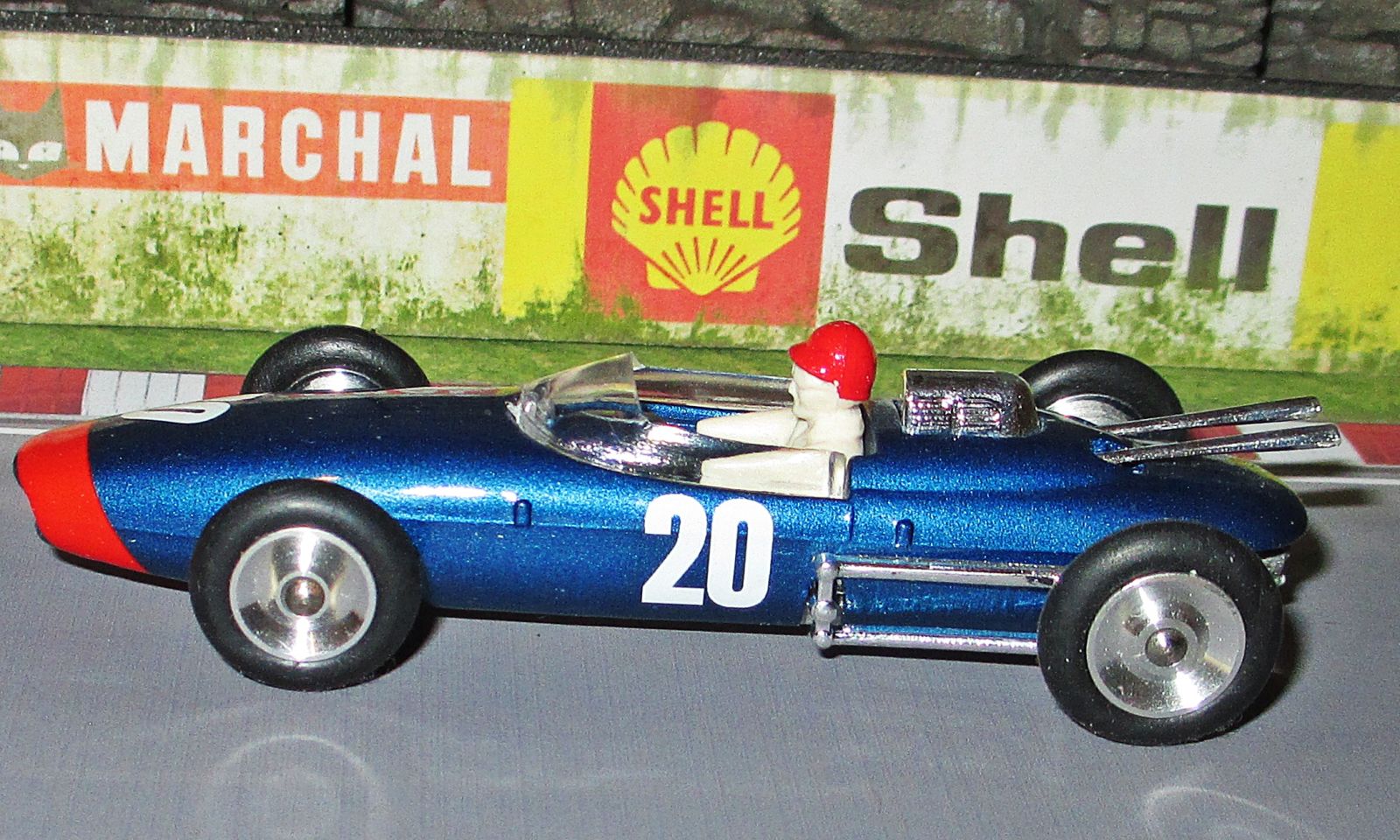
In addition to Formula One, Amon also drove for Ferrari in the 1969 International Championship for Makes, partnering Pedro Rodriguez to a fourth place in the BOAC 500 at Brands Hatch and coming second at the 12 Hours of Sebring, but retiring from the 1000km Nürburgring and 1000km Monza races, all in the Ferrari 312P sportscar. He also drove in a few Can-Am races. His last race for Ferrari would be the 1970 1000 km Monza, where he finished as runner-up.
In 1970, he raced in F1 for March, and in 1971 and 1972 for Matra.
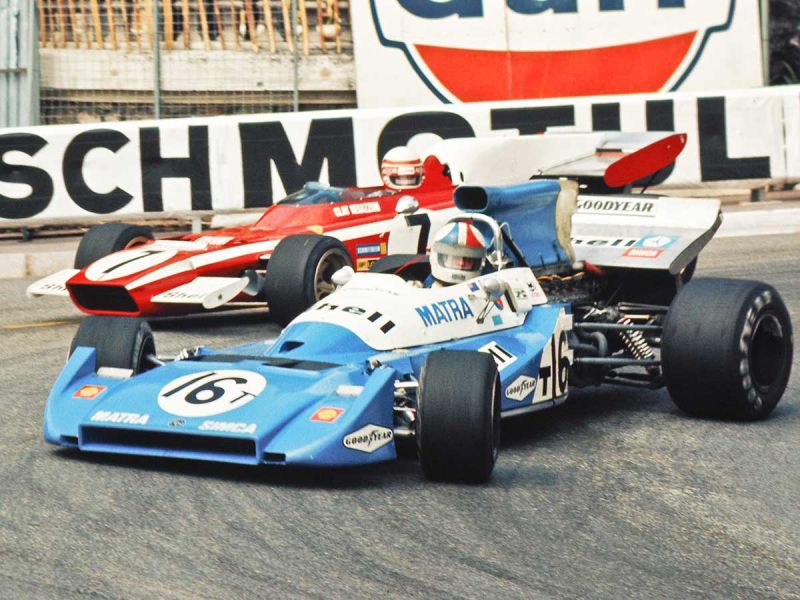
After that, he drove for the rather dismal Tecno team, and also briefly fielded his own Racing Team with a specially designed car. However, that wasn’t a great success. In between, he found the time to win the Nurburgring 6 Hour race, sharing the driver’s seat with Hans Stuck.
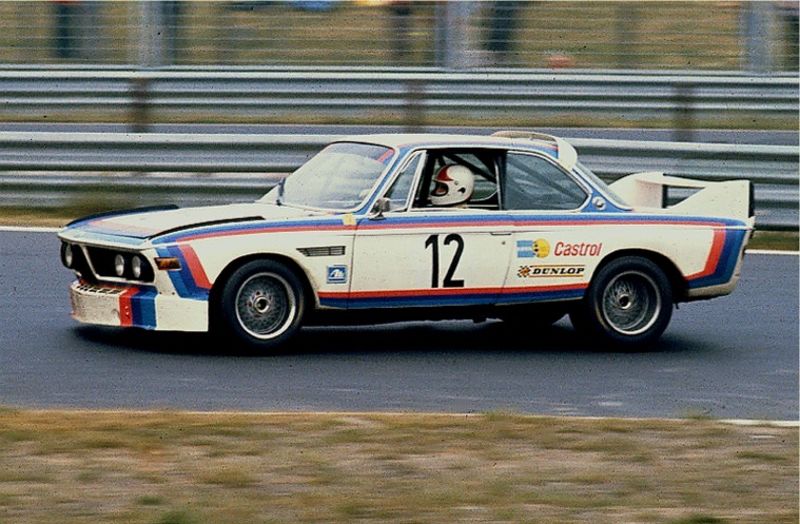
Amon turned down an offer of a full-time F1 drive for 1977, but did attempt a return to Can-Am racing in 1977 with a Wolf-Dallara WD1. However, after only one race he quit, saying “I’m just not enjoying this anymore”. His place was taken by the young and then unknown Canadian Gilles Villeneuve, whom Amon would, later that year, recommend to Enzo Ferrari.
In the meantime, Amon returned once again to New Zealand, this time to retire from F1 motor racing for good. He turned his back on racing altogether and simply went home to run the family farm, as well as some consulting work for Toyota. He made only one come-back, racing a Rally Car in 2003 - with Murray Walker.
This is obviously just a very short summary of this great racer, you‘ll find a lot more on the net if you care to have a look.
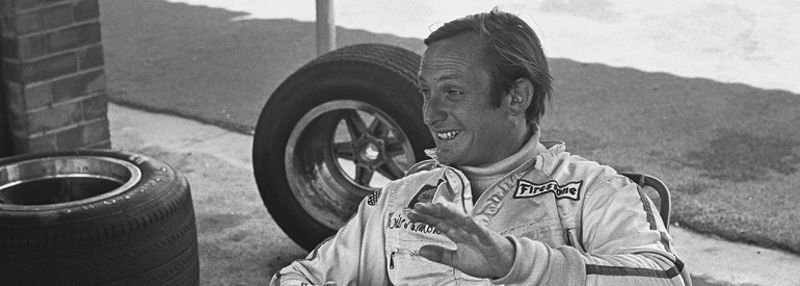
Oh yeah, the model is a re-issue of a contemporary Solido model. It is simple, and not very detailed, and it should have #19, not #20 - but at least it’s somewhat “period correct”.